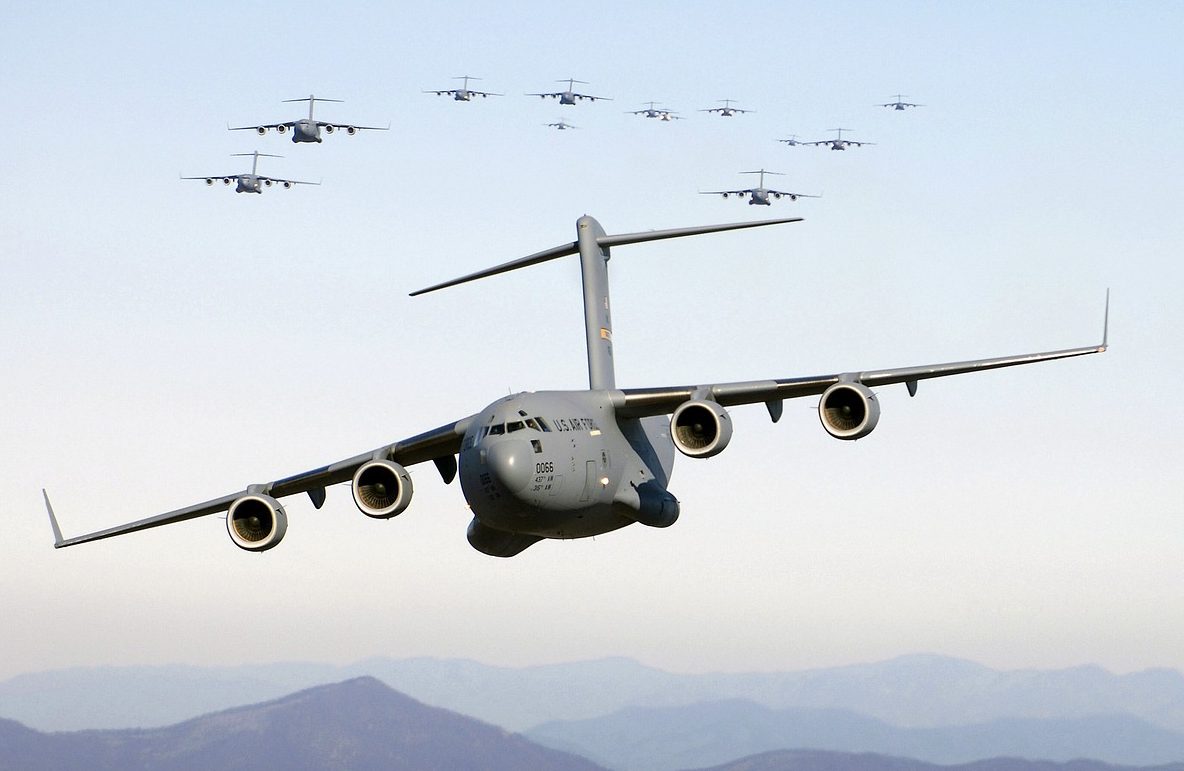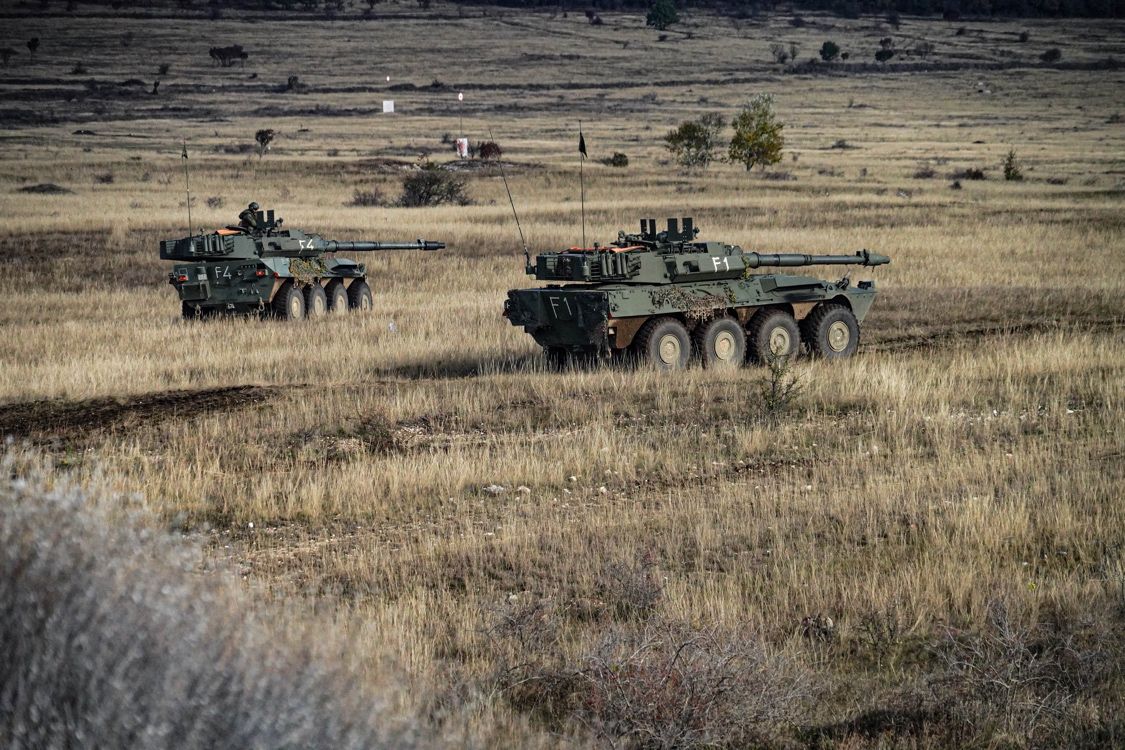
Construction is scheduled to be completed by March 2025.Continue reading

The Hungarian Defense Forces have moved up to 54th place in Global Firepower’s annual military force assessment in 2023. Hungary has maintained its position this year. Considering it was ranked 63rd in 2017, the new place suggests that military strength has been increasing year by year over the past six years due to force development programs and military reforms, reports Magyar Nemzet.
The consistent development of the Hungarian Defense Forces since 2016 seems to be paying off, as the Global Firepower (GFP) 2024 index, which is considered credible in international forums, ranks Hungary as one of the strongest armed forces in Central Europe.
Out of 150 countries surveyed, Hungary ranks 54th, while overtaking nations in the region such as Serbia, Austria, Slovenia, Bulgaria, Croatia, and Slovakia in terms of military strength.
Only the Czech Republic (46th) and Romania (47th) are ahead of Hungary in Central Europe.

Photo via honvedelem.hu
Based on the GFP index, Italy (10th) is the EU’s strongest country in terms of military power this year, followed by France (11th), Germany (19th), Spain (20th), and Poland (21th). Strange as it may seem, the tenth strongest country in the EU is the Czech Republic (46th), ahead of Romania (47th), Denmark (48th), and Finland (50th).
Hungary is in fourteenth place.

Photo via Honvedelem.hu
The question may arise whether the ranking makes sense. Magyar Nemzet previously asked this, given the historical conflicts. One only has to go back to the recent past: the troops of the United States of America, unanimously proclaimed to be the most powerful country, withdrew from the Middle East, but a good example is the conflict of second placed Russia’s against the much weaker Ukraine. Tamás Varga Csiki, Senior Research Fellow at the Institute for Strategic and Defense Studies of the National University of Public Service, was interviewed on the subject.
The GFP, according to its authors, is a comprehensive indicator that makes it possible to compare the resources available to each country to fight a war. So it includes not only the availability of military forces and equipment, but also the country’s geography (territory, coastline), economic indicators (GDP, public debt, industrial production), etc.
Thus, the term itself is somewhat misleading, since ‘firepower’ has a combat connotation.
This does not detract from the value of the index itself, but it immediately misleads the average user, especially if he does not look at the methodological issues, explained Tamás Csiki Varga.
Via Magyar Nemzet; Featured image via honvedelem.hu